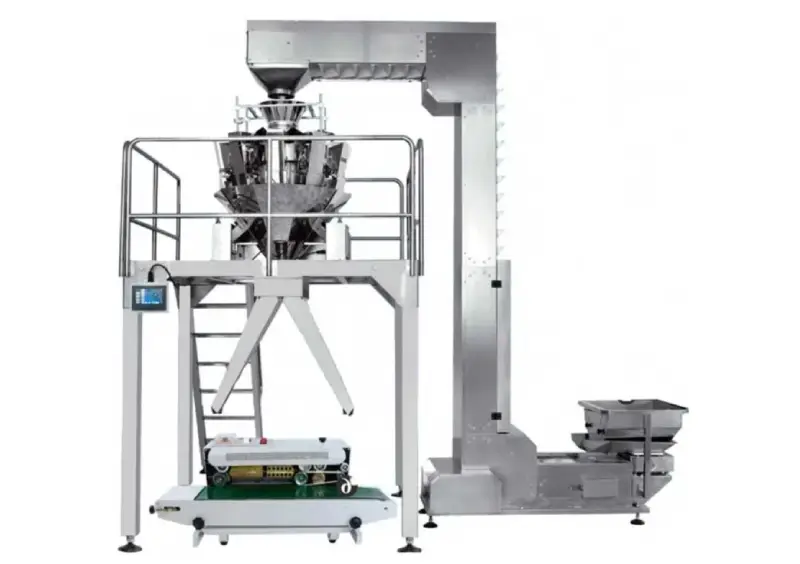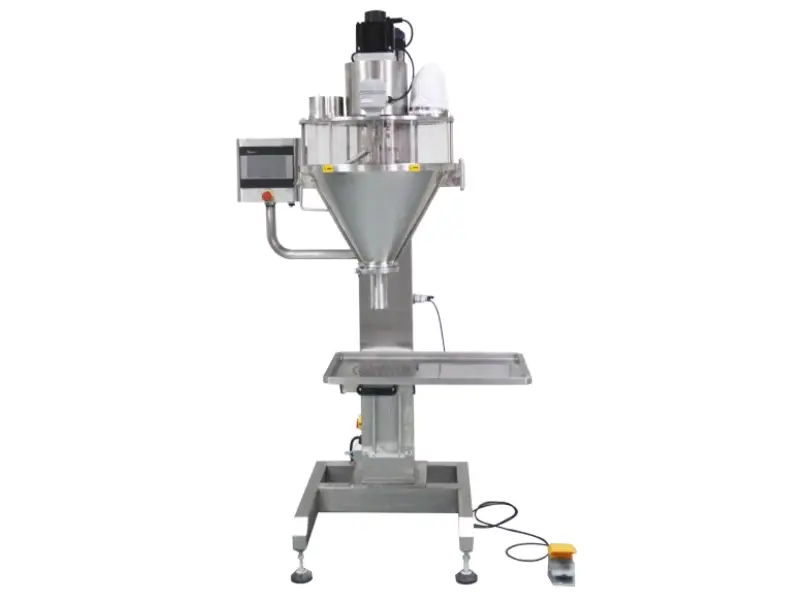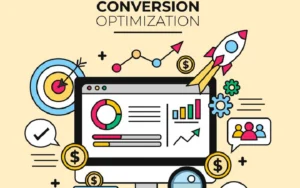The Future Of Packaging: Automated Systems Explained
The future of packaging lies in automated systems that revolutionize efficiency and sustainability. Automated packaging systems use cutting-edge technology to streamline processes from start to finish. These systems encompass robotic arms, conveyor belts, and advanced software to handle sorting, filling, sealing, and labeling tasks with precision and speed. By integrating artificial intelligence and machine learning, these systems optimize packaging configurations and minimize material waste. Additionally, automated systems enhance safety by reducing manual labor and repetitive tasks, leading to fewer workplace injuries.
Introduction: The Rise Of Automation In Packaging
In recent years, the packaging industry has undergone a profound transformation driven by the widespread adoption of automation technologies. This shift reflects a strategic response to evolving consumer demands, market dynamics, and operational challenges. Traditionally, packaging processes heavily relied on manual labor, which was not only time-consuming but also susceptible to errors and inconsistencies.
Understanding The Shift Towards Automation
The transition towards automated packaging systems is rooted in the quest for operational excellence and competitiveness. As consumer expectations for faster deliveries, customization, and sustainability continue to rise, traditional packaging methods are being challenged to keep pace. Automation offers a transformative solution by optimizing efficiency, reducing costs, and improving overall process control.

Why Automated Systems Are The Future Of Packaging?
The future of packaging is increasingly intertwined with automation due to its multifaceted benefits. Firstly, automated systems enable substantial gains in productivity and throughput. This operational efficiency not only enhances profitability but also supports sustainability goals by optimizing resource utilization. Lastly, automated packaging systems ensure unparalleled levels of precision and consistency, which are critical factors in meeting stringent quality requirements and regulatory standards.
Benefits Of Automated Packaging Systems
Efficiency And Productivity Gains
One of the primary advantages of automated packaging systems lies in their ability to optimize efficiency and productivity. By automating repetitive tasks such as product sorting, filling, and sealing, these systems can significantly reduce cycle times and increase overall throughput. This efficiency translates into faster turnaround times, allowing companies to meet tight production schedules and respond promptly to market demands.
Cost Savings And Waste Reduction
Automation in packaging operations leads to tangible cost savings by minimizing labor requirements and material wastage. By streamlining processes and reducing human intervention, manufacturers can achieve higher resource efficiency and lower operational expenses. Furthermore, automation enables precise control over packaging parameters, ensuring minimal product damage and maximizing product yield.
Improved Quality Control And Consistency
Consistency and quality control are paramount in packaging operations, especially in industries with stringent regulatory requirements. Automated systems eliminate variability associated with manual processes, resulting in uniform product presentation and packaging quality. By reducing human error and enhancing process repeatability, automation enhances brand reputation and customer satisfaction.
Types Of Automated Packaging Technologies
Robotic Packaging Systems
Robotic arms have emerged as a cornerstone of automated packaging lines due to their versatility and precision. These machines are capable of performing complex tasks such as picking, placing, and palletizing products with speed and accuracy. By deploying robotic packaging systems, manufacturers can achieve greater flexibility in handling diverse product formats and packaging configurations.
Automated Conveyor Systems
Conveyor systems play a pivotal role in automated packaging operations by facilitating the seamless flow of products throughout the production line. Automated conveyors can be tailored to accommodate various product sizes and shapes, optimizing material handling efficiency and minimizing bottlenecks. By automating material transport, companies can streamline workflow and enhance overall throughput.
Pick-And-Place Machines
Pick-and-place machines automate the process of selecting and positioning items into packaging containers. Equipped with advanced vision systems and robotics, these machines can handle a wide range of products with precision and speed. By automating manual handling tasks, pick-and-place machines improve operational efficiency and reduce labor costs associated with repetitive tasks.
Automated Labeling And Coding
Automated labeling and coding systems streamline the application of labels, barcodes, and expiration dates onto packaging materials. These systems ensure compliance with regulatory standards and enhance traceability throughout the supply chain. By automating labeling processes, manufacturers can minimize errors and reduce the risk of product recalls, thereby improving overall operational efficiency and customer satisfaction.
Innovations Driving Automation In Packaging
The evolution of automation in packaging is propelled by continuous advancements in technology and data-driven solutions:
AI And Machine Learning Applications
Artificial intelligence (AI) and machine learning algorithms are revolutionizing packaging operations by enabling predictive maintenance, demand forecasting, and adaptive packaging solutions. By harnessing the power of AI, manufacturers can optimize production schedules, enhance quality control, and minimize downtime.
Internet Of Things (IoT) Integration
The integration of Internet of Things (IoT) technology enhances connectivity and data exchange within packaging ecosystems. Smart sensors embedded in packaging machinery enable real-time monitoring of performance metrics such as temperature, humidity, and machine health. IoT integration enables remote diagnostics, predictive maintenance, and proactive decision-making, ultimately improving operational efficiency and reducing costs.
Advanced Sensors And Data Analytics
Advanced sensors play a critical role in automated packaging systems by capturing real-time data on process parameters and product quality. This data is analyzed using sophisticated analytics tools to identify trends, optimize production parameters, and enhance overall process control. By leveraging data-driven insights, manufacturers can achieve continuous improvement and operational excellence in their packaging operations.
Case Studies: Successful Implementations
Optimized Packaging With Automation
A leading food manufacturer implemented robotic packaging systems to streamline their assembly line. By automating the packaging process, they achieved a 30% increase in throughput and reduced material waste by 15%, resulting in significant cost savings. The implementation of automated systems not only improved operational efficiency but also enhanced product quality and consistency, driving higher levels of customer satisfaction.
Real-World Examples Of Roi From Automated Systems
An e-commerce fulfillment center integrated automated conveyor systems to optimize order fulfillment processes. By automating material handling and transport, they reduced order processing time by 50% and achieved a return on investment within one year. The implementation of automated systems enabled the fulfillment center to scale operations efficiently while meeting growing customer demands, thereby enhancing competitiveness and profitability.
Conclusion
Automated packaging systems represent a transformative paradigm shift in the packaging industry, offering unprecedented levels of efficiency, cost-effectiveness, and quality control. As technology continues to evolve, we can expect further innovations that will drive the widespread adoption of automation across all facets of packaging operations. Embracing these advancements is not only essential for meeting current market demands but also for future-proofing businesses in an increasingly competitive and dynamic marketplace. By leveraging automation technologies, companies can unlock new opportunities for growth, sustainability, and operational excellence in the evolving landscape of packaging.

Fran Peters is a dedicated writer specializing in health and medical content. With a background in healthcare and a passion for helping others lead healthier lives, Fran brings a wealth of knowledge and expertise to her writing.















Post Comment